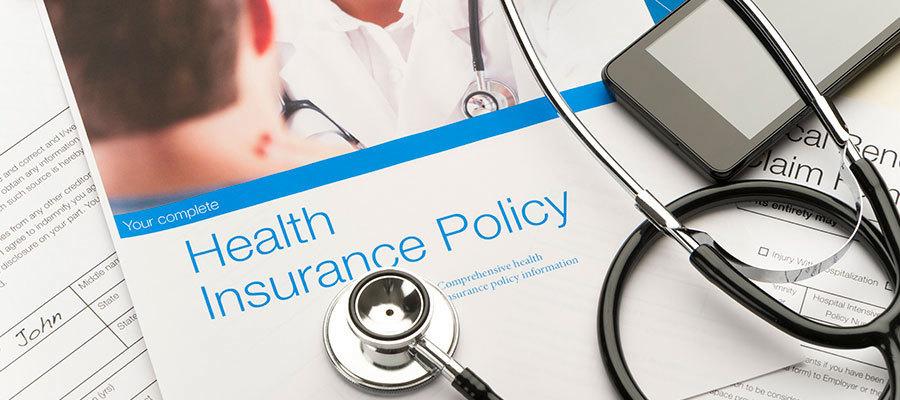Census: Uninsured rate climbs to 8.5% in 2018

An estimated 27.5 million U.S. residents (8.5%) lacked health insurance at some point in 2018, up from 25.6 million (7.9%) in 2017, the Census Bureau reported today. Public health coverage decreased by 0.4 percentage point, including a 0.7 point drop in Medicaid coverage and 0.4 point increase in Medicare coverage. Employer-based insurance remained the most common, covering 55.1% of the population. The percentage of uninsured children rose by 0.6 percentage point to 5.5%. The uninsured rate increased in eight states and fell in three.
Related News Articles
Headline
The Centers for Medicare & Medicaid Services Dec. 19 issued two proposed rules for implementing alternative drug pricing models. The first proposed…
Headline
The AHA Dec. 19 submitted comments on the Department of Homeland Security’s proposed rule regarding the Public Charge Ground of Inadmissibility, urging the…
Headline
The White House announced Dec. 19 that it reached most-favored-nation deals with nine pharmaceutical companies, aligning their drug prices with the lowest paid…
Headline
The House Dec. 17 passed the Lower Health Care Premiums for All Americans Act (H.R. 6703), legislation to expand association health plans, increase…
Headline
The AHA Dec. 17 urged Elevance Health, which is the parent company of the Anthem brand of health plans, to rescind Anthem’s nonparticipating provider…
Headline
An AHA blog examines new data released by the Health Resources and Services Administration on the growth of the 340B Drug Pricing Program. “When…

